New York City is a giant, strange place.
Spread across four major landmasses and dozens of little islands, the metropolis is home to far more diverse natural landscapes than many people, including some of those who live there, may realize.
I recently visited one such place on a warm Sunday: Dead Horse Bay, probably the filthiest, nastiest, and weirdest national park in America.
Take a moment and turn that name over in your mouth: Dead Horse Bay.
It is home to the only beaches in New York City that lie vacant on a hot summer Sunday.
Shattered glass saturates its sand so thoroughly that when waves crash in they tinkle like wind chimes. Scroll down to hear that spooky noise.
The bay is part of the Gateway National Recreation Area, a series of campsites, wetlands, and monuments scattered across eastern Brooklyn, Queens, and New Jersey and run by the National Park Service.
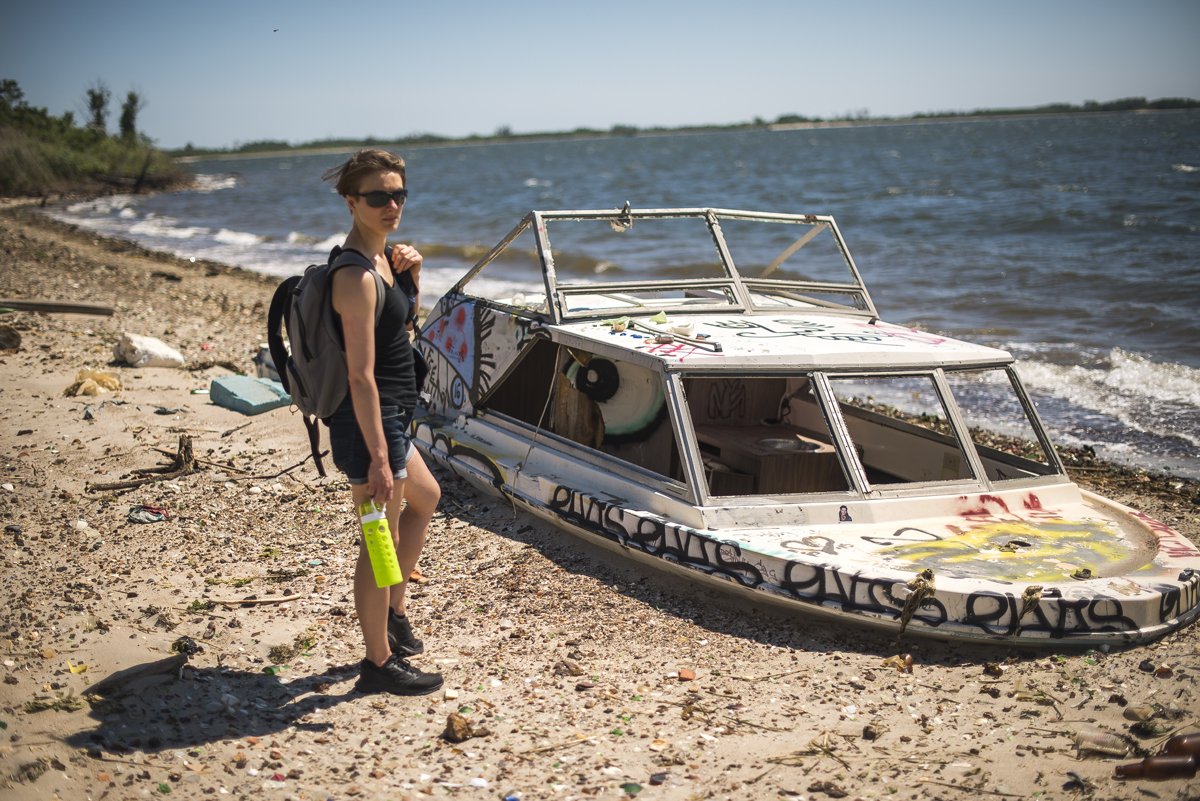
The bay sits in far southeast Brooklyn, with only a thin strip of land separating it from the Atlantic Ocean.
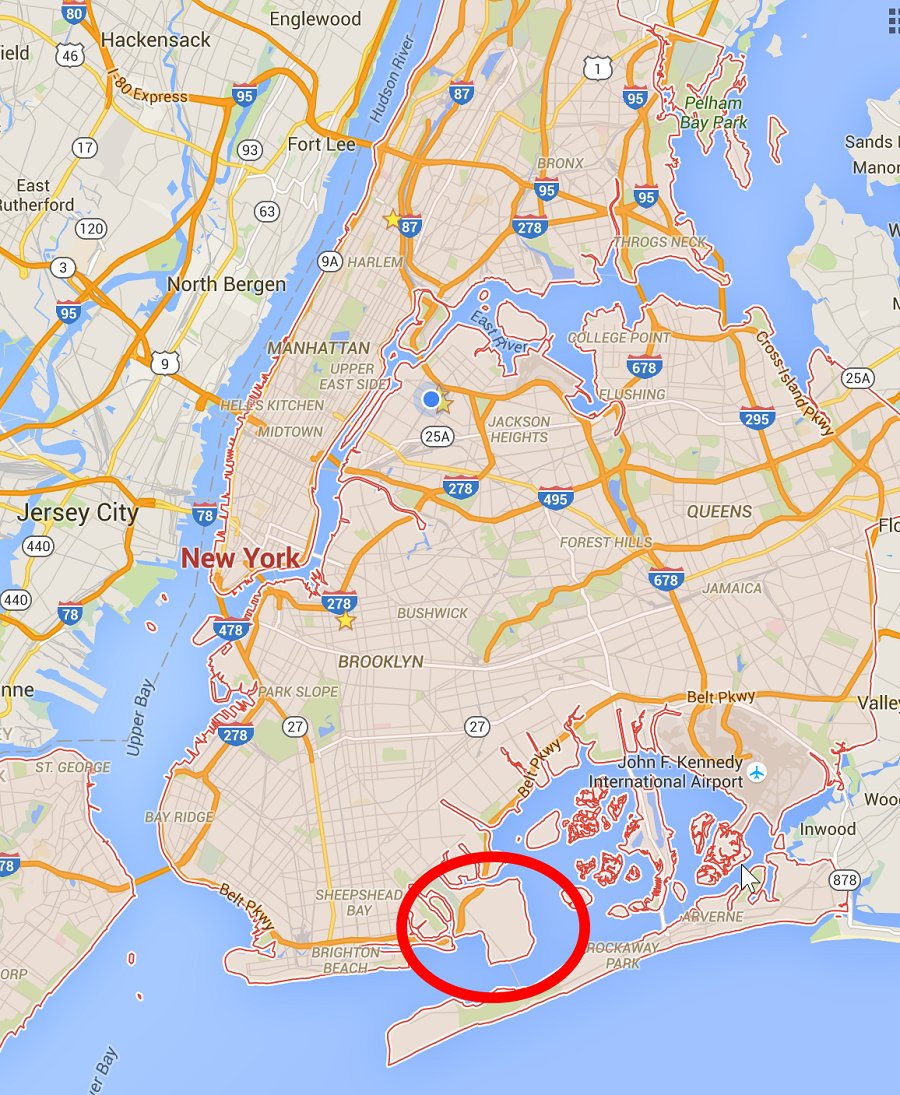
Zooming in, you can see that it’s on the south side of a landmass called “Barren Island.” This just keeps getting better and not freaky at all, right?
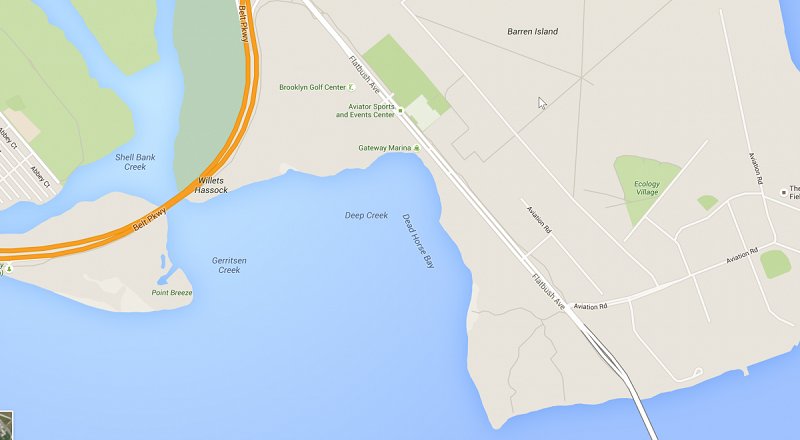
To enter the bay, you first walk through some of the most lush, green paths found anywhere in New York.
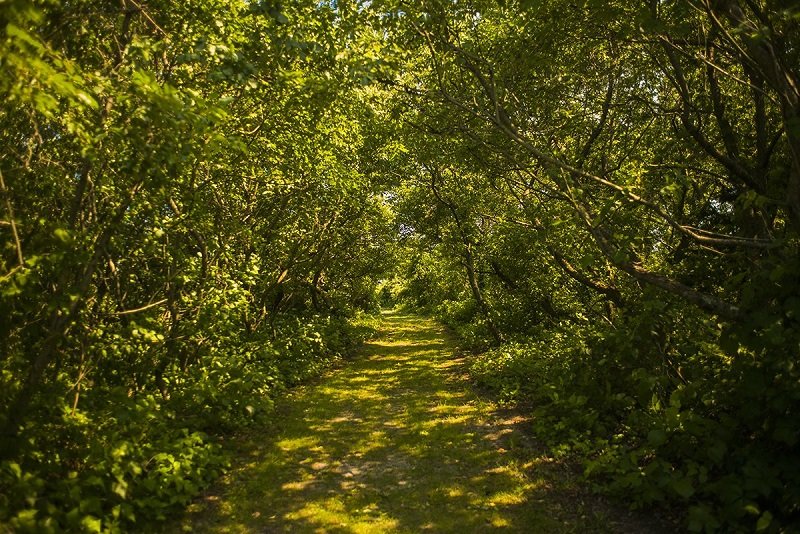
Traffic noise fades, and you forget you’re in — of all places — Brooklyn.
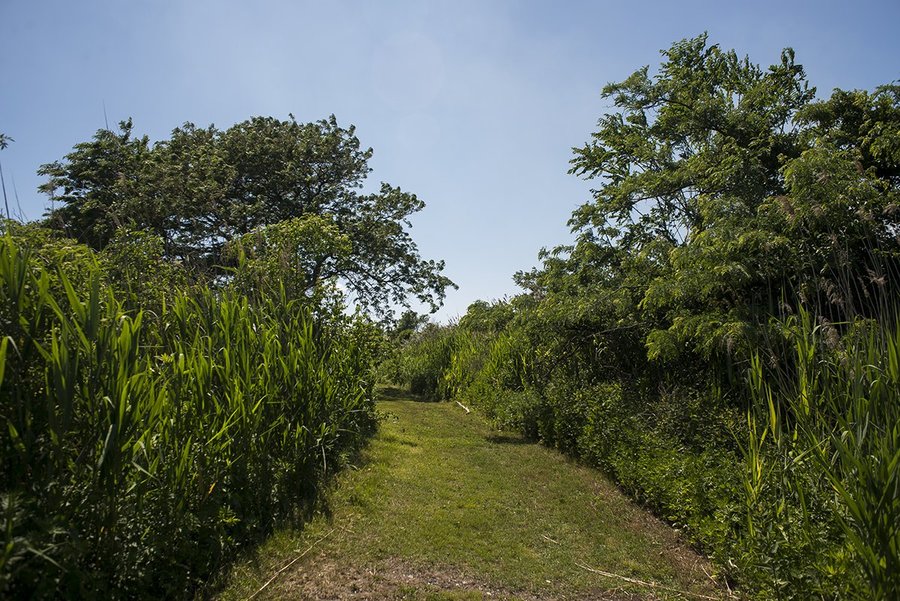
But soon the grass gives way to sand, and the path opens up onto a beach.
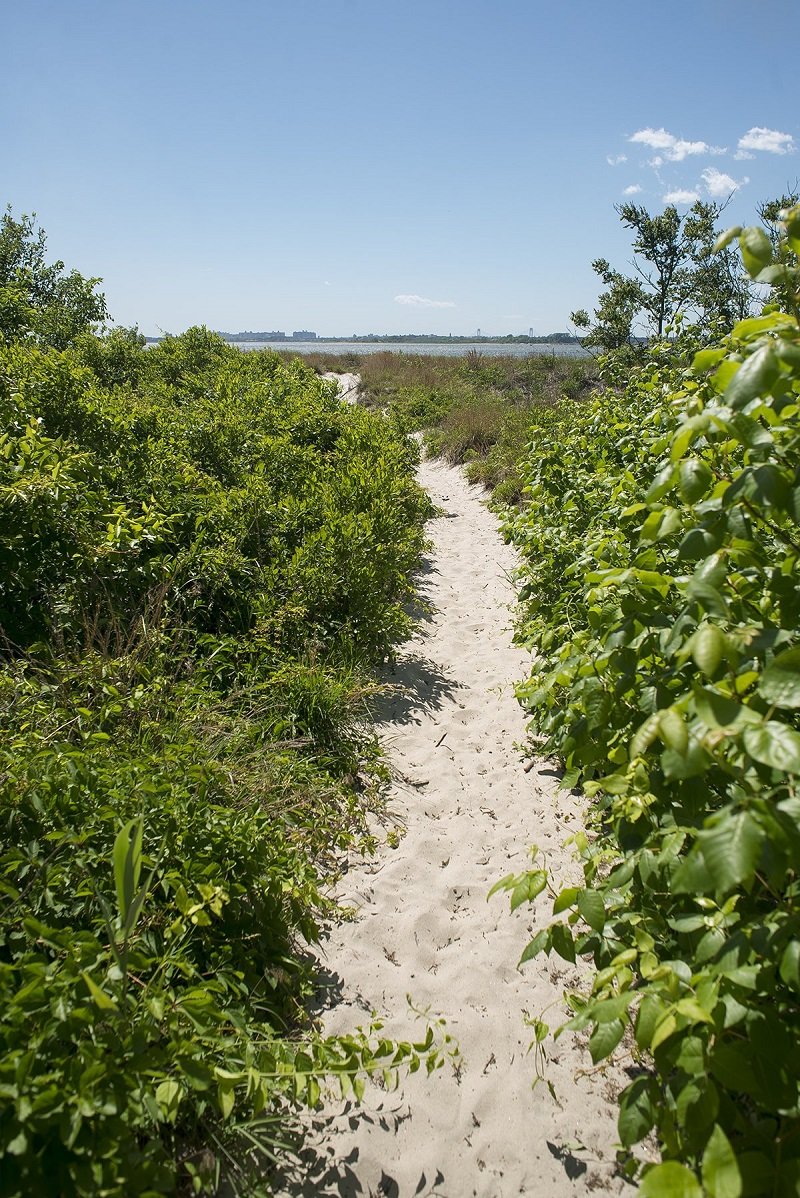
Broken glass bottles, old shoes, and crab carapaces form a thick layer of waste on the sand, stretching as far as you can see in any direction.
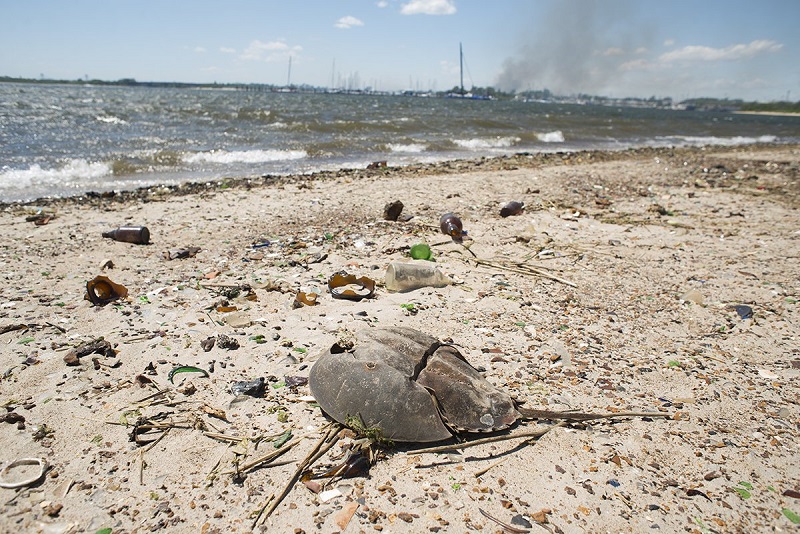
Have you ever heard waves that sound like this?
(The effect is subtle, but becomes clearer the longer you listen.)
A lot of the glass bottles are old. Decades and decades old. Before-the-Depression old. Clorox-in-a-glass old.
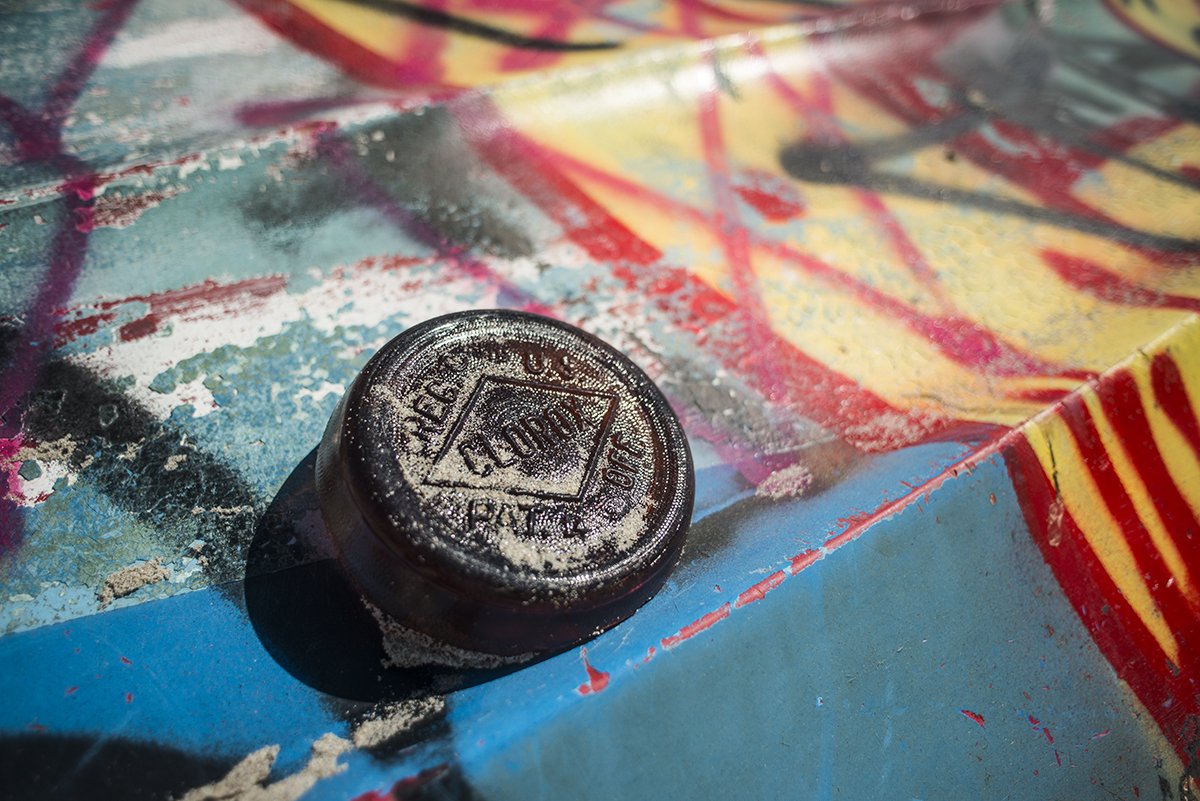
On the day we visited the park, it looked like it was on fire.
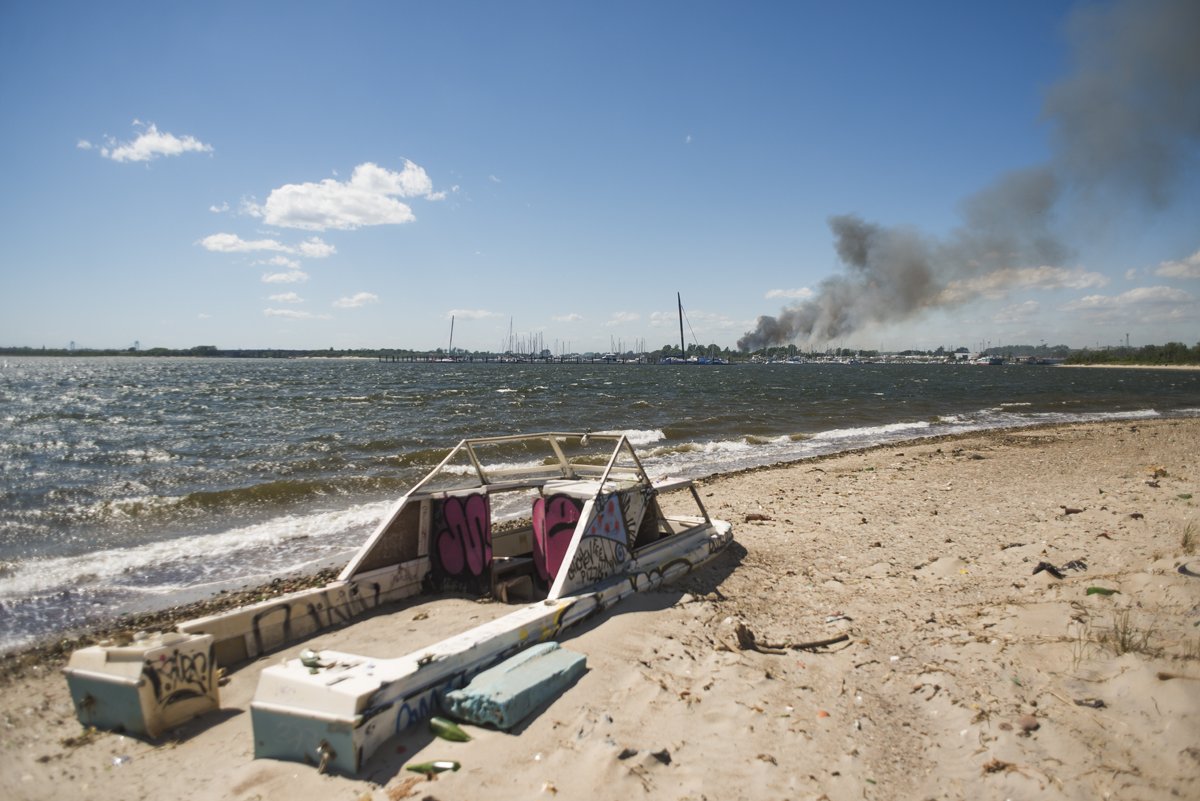
But in a minor technicality, it wasn’t. Firefighters told us that shrub land next to the park was on fire. Here’s an NYPD helicopter lofting dirty bay water to dump on the hot mess.
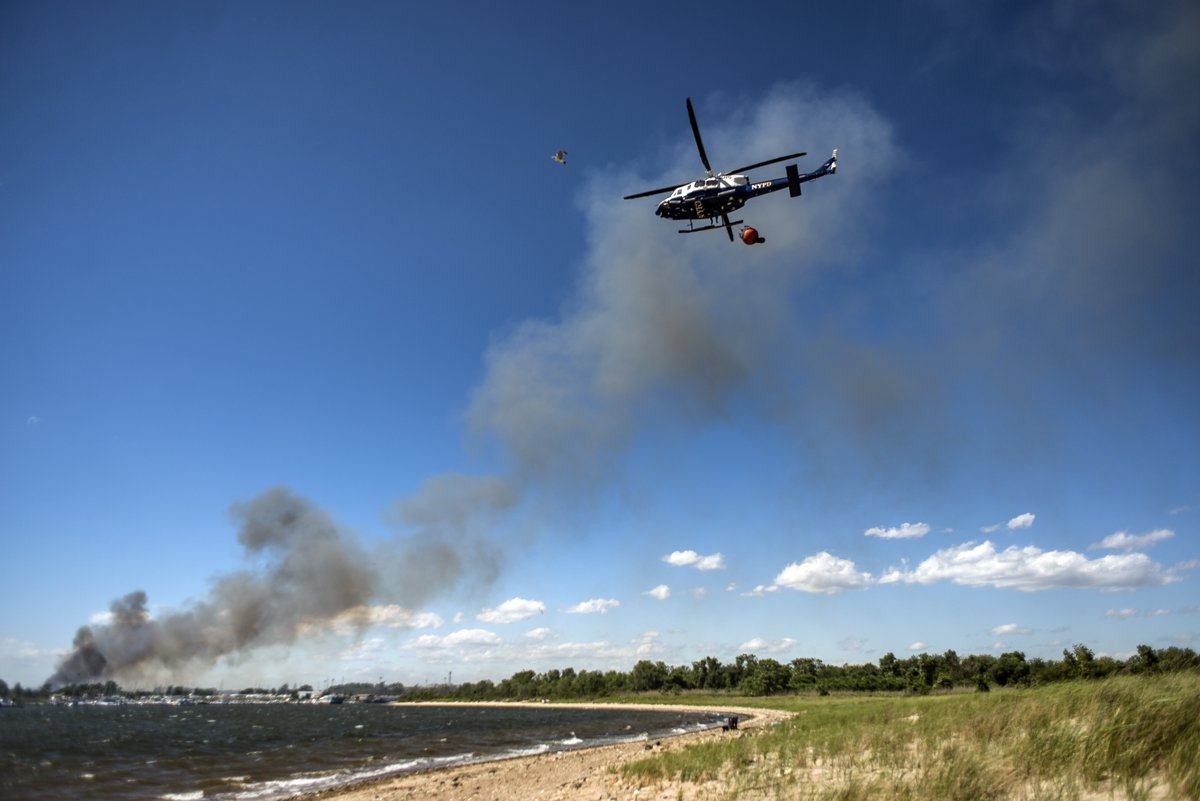
Then, just as you think things could not get any weirder, you find hunks of bone poking out of the sand.
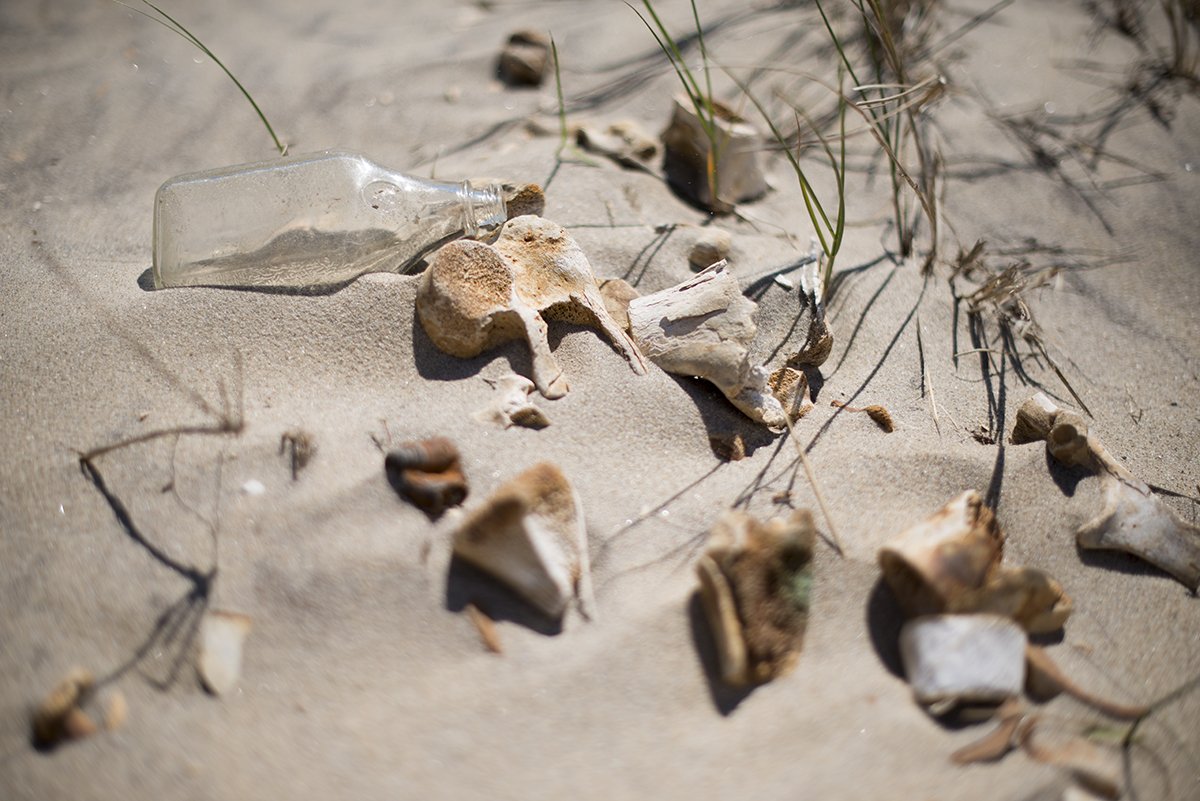
And the whole place is easily visible from the Rockaways, the strip of land home to some Queens neighborhoods and some of New York’s most popular beaches.
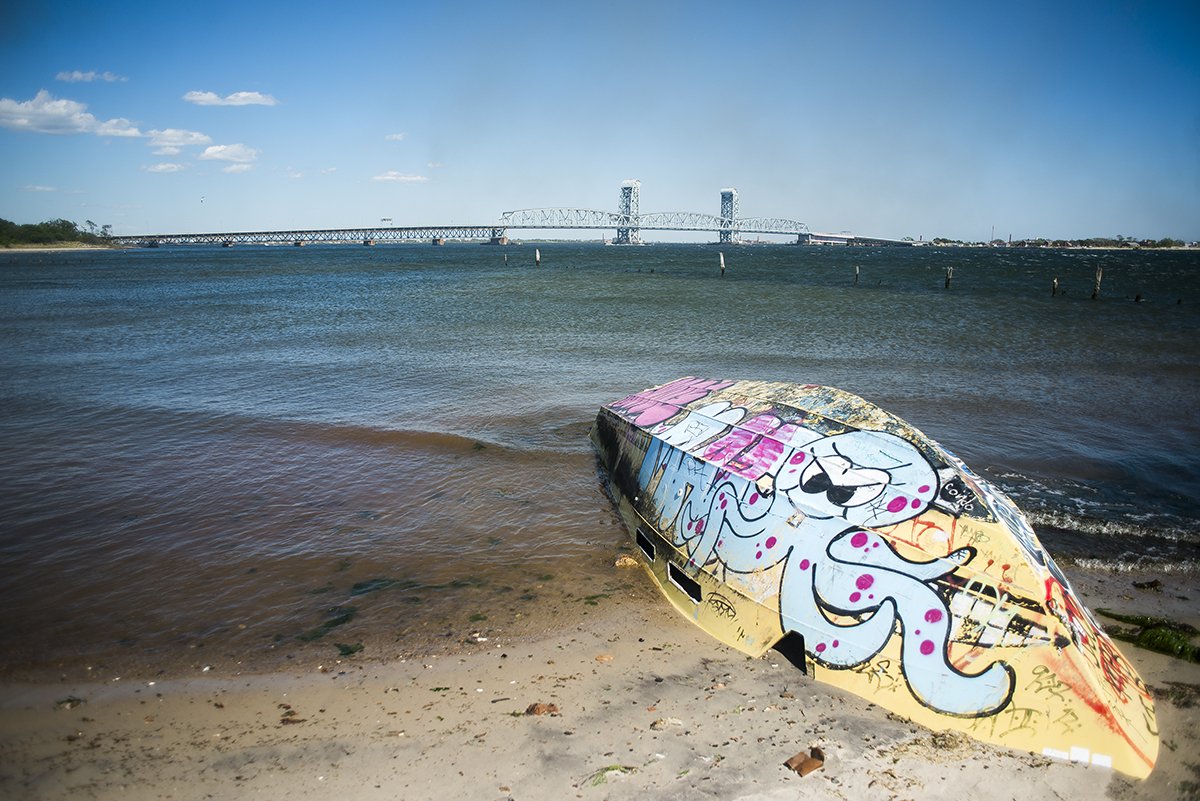
Dead Horse Bay’s transformation into a modern-day archaeological dump started in the 19th century. Barren Island was still a real island then, and this part of Brooklyn was pretty desolate. The region was marshy and probably bug-ridden, but rich with wildlife.
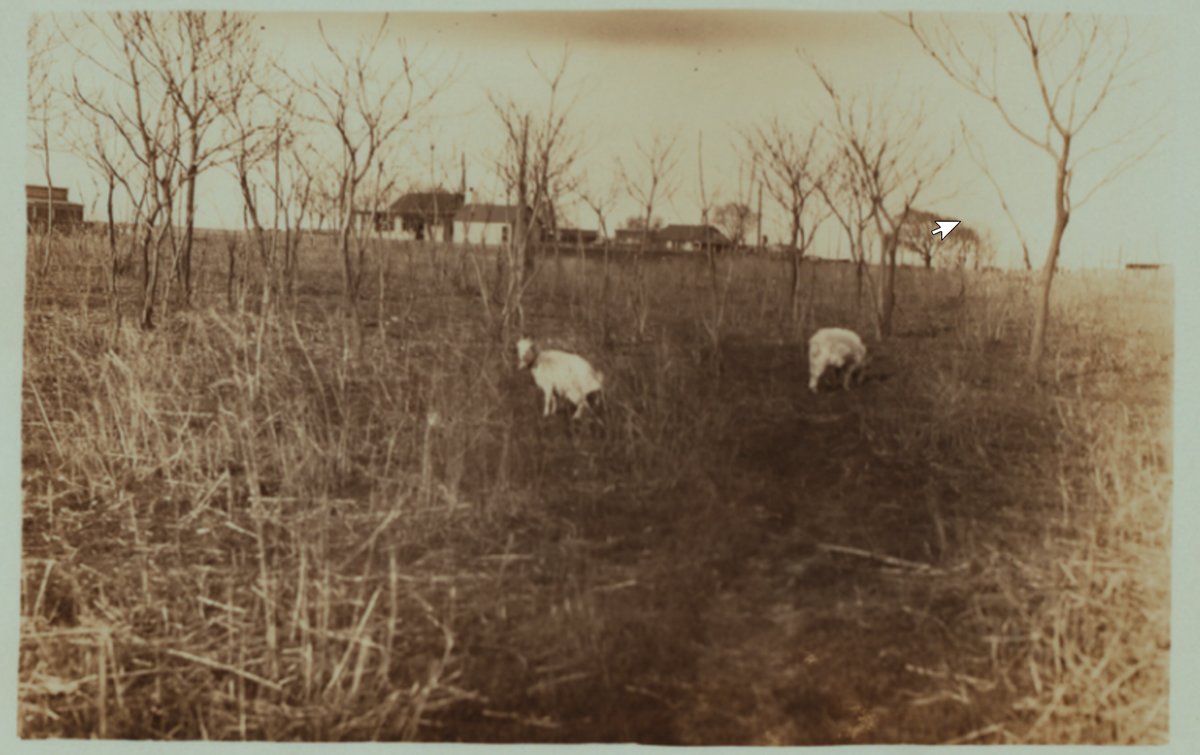
People came to Barren Island to build what Julie Golia, a historian for the Brooklyn Historical Society, told Tech Insider was a “noxious industry.” For example, the horse disposal plant in this photograph.

“They would have taken the copious horse parts that New York City created and turned them into glue,” Golia said.
Other industries on Barren Island included fertilizer and fish oil.
ABC news dug up an 1899 Brooklyn Daily Eagle article in which Theodore Roosevelt called the island a “nuisance of the worst kind.”
The detritus of that industry was never really cleaned up, so chopped-up horse bones still litter the sand.
At the same time, New York City was growing and churning out waste — a lot of waste. Barren Island seemed like a nice, far-away place to dump it all.
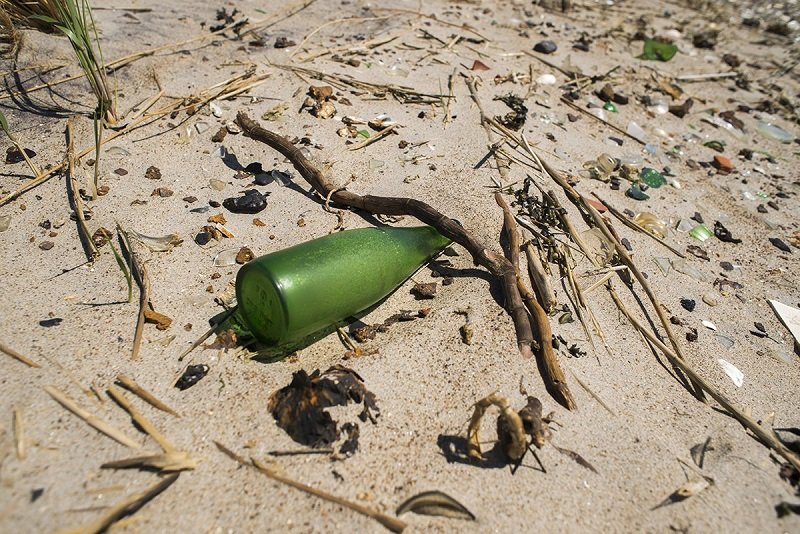
In 1926, Golia says, the city used that accruing garbage to build a new landmass linking Barren Island to the rest of the city. Part of the idea was to make room for more industry and a now defunct airport.
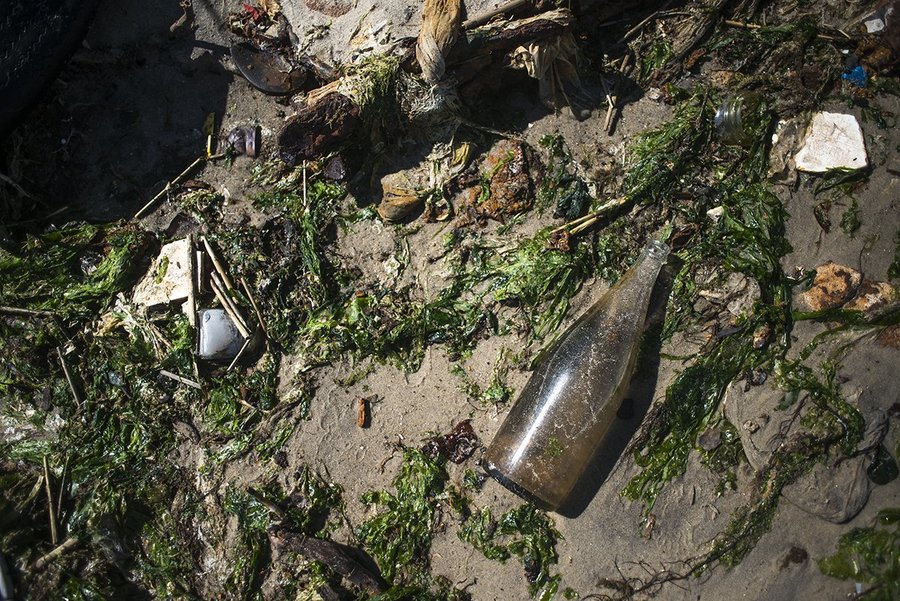
And, as you can see, the beach has taken on new trash in recent months and years.
Bottles still wash up on a beach that became part of Gateway in the 1970s, but it remains largely desolate on even the most picture-perfect days.
Bones still litter the sand, along with other gifts for the occasional antique trash picker.
The bay is still home to crustaceans, birds, and other creatures, but it shows how deeply human waste can ruin a landscape.
See more: 27 Images That Prove That We Are In Serious Danger. I’m Speechless
Originally written by Rafi Letzter and published on: Business Insider
